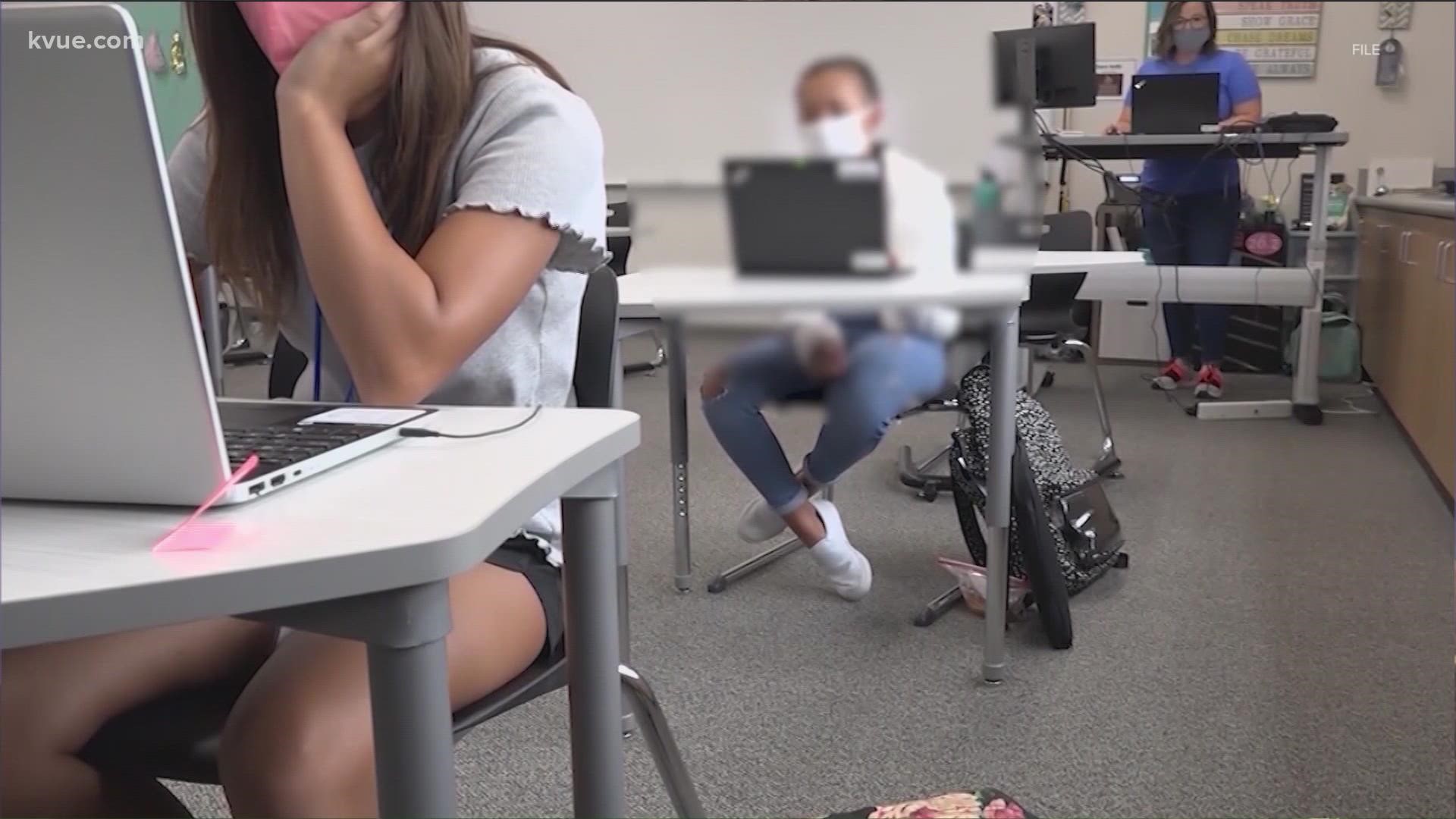AUSTIN, Texas — More threats to schools come through social media than any other medium.
"TikTok is the major social media source used at the present time. Our most recent one was on TikTok," Bill Wagner, the superintendent at La Grange ISD, said.
In December, authorities arrested a middle school student from LGISD for making threats on TikTok. That same week, five other Austin-area school districts reported receiving threats.
"It was a pretty crazy week, to be perfectly honest with you," Chief Andrew Michael, who leads Lake Travis ISD's new police department, said. "They can be 30 minutes. They can be weeks, depending [on the situation]."
Michael became LTISD's police chief at the beginning of the school year. Threats typically don't come in with more than a day or two of advanced warning.
"A lot of the threats will come in that, you know, will say X, Y or Z is going to happen today at, you know, campus A, B or C," Michael said. "Other times we get very specific [threats], like right before the holidays we had about three days before the threat was to be enacted was when we received the threat."
Wagner, Michael and their counterparts across Central Texas need to balance the need to share information with students, staff and parents, while also checking the credibility of the threat, and not releasing information that will unnecessarily worry people.
"Because of the climate that we're in heightens the anxiety and the frustrations and concerns that people feel," Chief Jeffrey Yarbrough, who leads the Round Rock ISD Police Department, said in an interview with KVUE in December. "We wanted to find the points of origin, the persons of origin, so that we can determine who to go to, to find out the credibility and to weigh them in a measure that credibility."
"If there's a picture and there's any situation where we think that that might be threatening to the school, we're investigating," Corey Ryan, spokesperson for Leander ISD, said. "Officers are knocking on a student's door and talking to parents and interviewing them."
Leander ISD received threats leading into winter break in 2021. Some students stayed home even after the district determined the threats were not credible.
"We have this delicate balance of we want parents to make the decisions for their best interests," Ryan said. "We think that when we're open, schools are safe. But again, our goal is to make things transparent so parents can make that decision."
Districts need to balance that transparency and how quickly information gets sent to parents, especially if a social media threat gets shared to students, parents and/or staff before the district communicates anything.
"It's a trust issue that you build over time with parents," Wagner said. "They know that we're going to do everything possible to keep their students safe. And that, again, is communication, and that you're being upfront, you're not trying to keep anything from them."
"When something gets traction on social media, it's sometimes become so far from what's actually happening here at the district that, you know, our hands are kind of tied, you know, we're kind of playing defense at that point," Michael said.
While district and security leaders say the balancing act is not easy, they agree it comes down to appropriate communication, investigation and determining credibility.
PEOPLE ARE ALSO READING:

